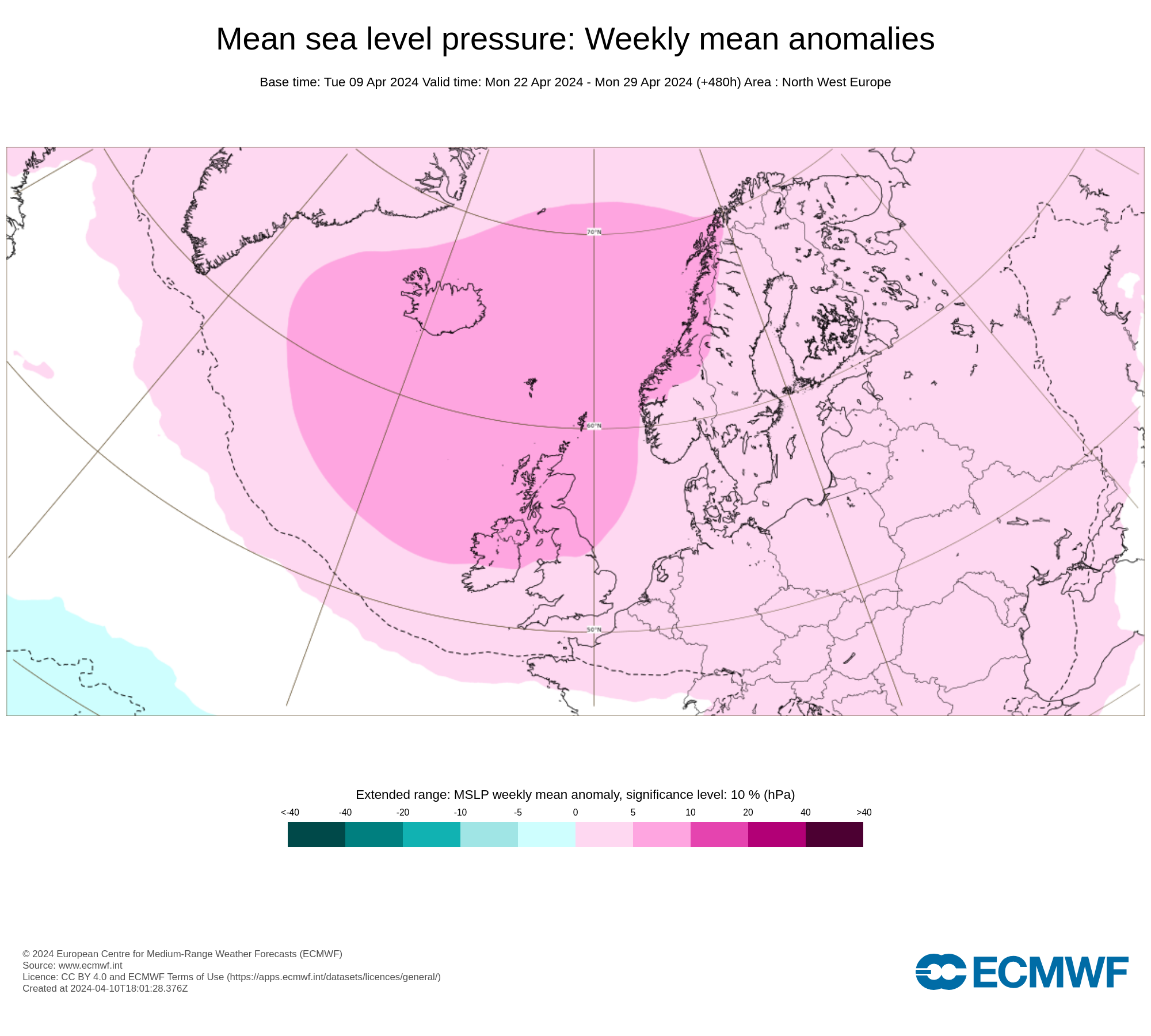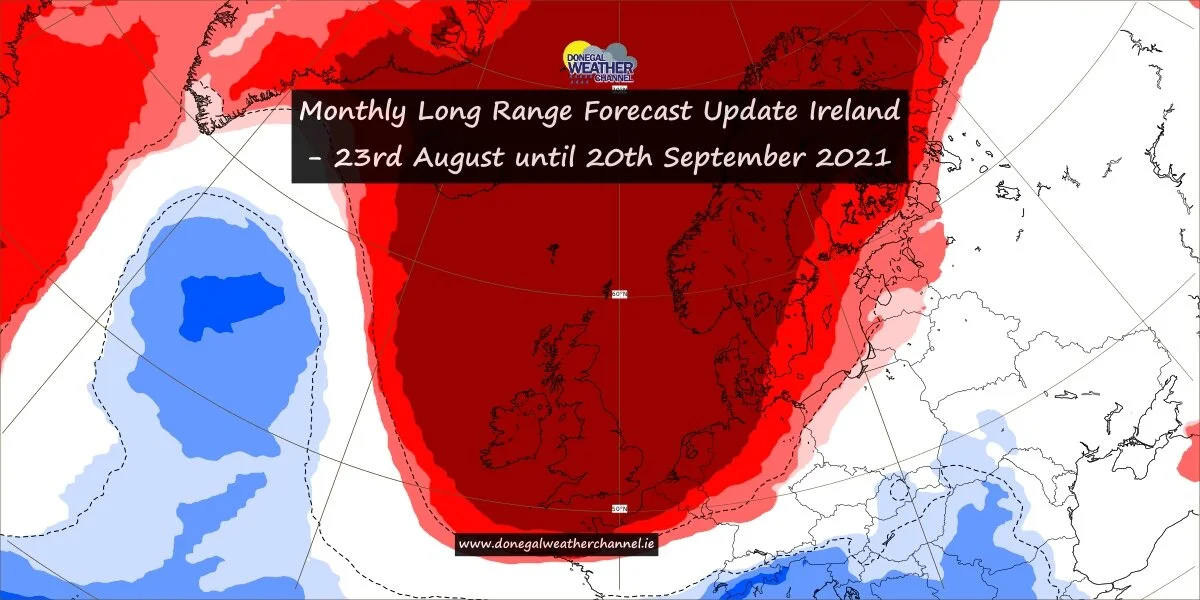STEVE - Ireland treated to a rare atmospheric optical phenomenon last night
Image from Aurora Alerts Ireland/ Donegal Weather Channel of a STEVE from Lough Salt, Donegal on the 5th November 2023
Many of you who where out aurora hunting last night might if witnessed a very rare atmospheric optical phenomenon known as a Steve.
First of all a Steve is not actually the Aurora but something much rarer.
STEVE ("Strong Thermal Emission Velocity Enhancement") is an atmospheric optical phenomenon that appears as a purple and green light ribbon in the sky, named in late 2016 by aurora watchers from Alberta, Canada.
These are rather rare and even more rarer across Ireland and the British Island and with over 20 years of Aurora hunting experience this is the 1st time I have witnessed this in Ireland.
Photo by Clare Conlon from Lough Salt, Donegal Ireland on the 5th November 2023
STEVE phenomena may be spotted further from the poles than the Aurora, and as of March 2018, have been observed in the United Kingdom, Canada, Alaska, northern U.S. states, Australia, and New Zealand. The phenomenon appears as a very narrow arc extending for hundreds or thousands of miles, aligned east–west. It generally lasts for twenty minutes to an hour. As of March 2018, STEVE phenomena have only been spotted in the presence of an aurora. None were observed from October 2016 to February 2017, or from October 2017 to February 2018, leading NASA to believe that STEVE phenomena may only appear during certain seasons. STEVE appeared over much of Ireland & England on 5 November 2023.
Lough Salt Donegal - Aurora to the left and STEVE to the right which extending over head looking south.
A study published in March 2018 by Elizabeth A. MacDonald and co-authors in the peer-reviewed journal, Science Advances, suggested that the STEVE phenomenon accompanies a subauroral ion drift (SAID), a fast-moving stream of extremely hot particles. STEVE marks the first observed visual effect accompanying a SAID.
In August 2018, researchers determined that the skyglow of the phenomenon was not associated with particle precipitation (electrons or ions) and, as a result, could be generated in the ionosphere.
One proposed mechanism for the glow is that excited nitrogen breaks apart and interacts with oxygen to form glowing nitric oxide.
















